Stockholm Telephone Tower: A Metal Structure Designed to Connect Approximately 5,500 Telephone Lines in Sweden’s Capital. Built in the 19th century in Stockholm, the tower was later damaged by a fire in 1952 and was demolished the following year.
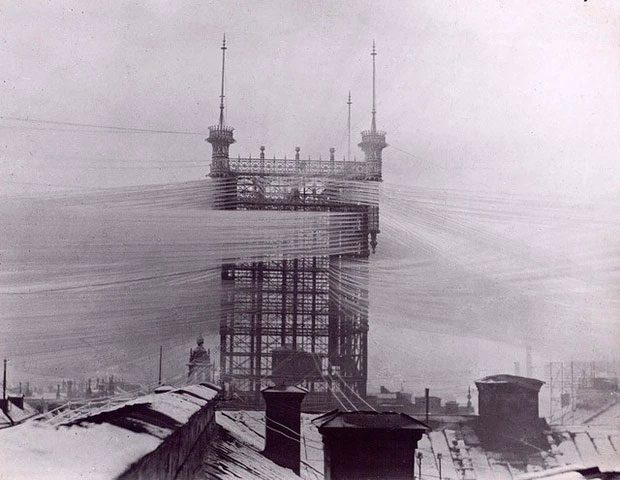
At the end of the 19th century, shortly after the first telephone patent was granted, the race to connect people through telephone networks began. However, due to technical and design limitations, all telephones at that time required individual physical lines. These wires were connected through homes or business establishments to a telephone exchange, where calls were manually connected. As a result, strange-looking towers had to be constructed to connect telephone wires, with the capacity to transmit hundreds to thousands of telephone lines depending on their size.
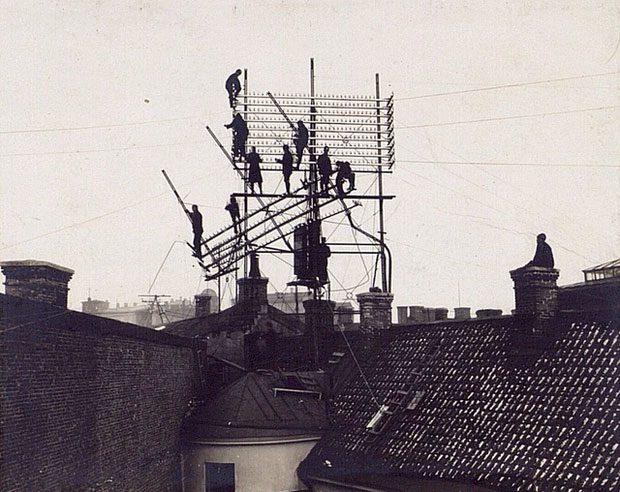
At that time, telephone services were very expensive, and only the wealthy could afford them. In Sweden, the first public telephone exchange was opened by the Bell Telephone Company, initially serving only 121 subscribers. The company charged subscription fees ranging from 160 to 280 Swedish Krona, depending on the subscriber’s location and distance to the exchange. This is equivalent to an annual subscription fee of 9,000 to 16,000 Krona (approximately $1,100 to $1,966) in today’s value, a very high rate. Bell Telephone quickly faced competition from Stockholm General Telephone (SAT), founded in 1883 by engineer and entrepreneur Henrik Tore Cedergren, who aimed to provide every household with a telephone. Cedergren charged low connection and monthly fees, leading to rapid customer growth.
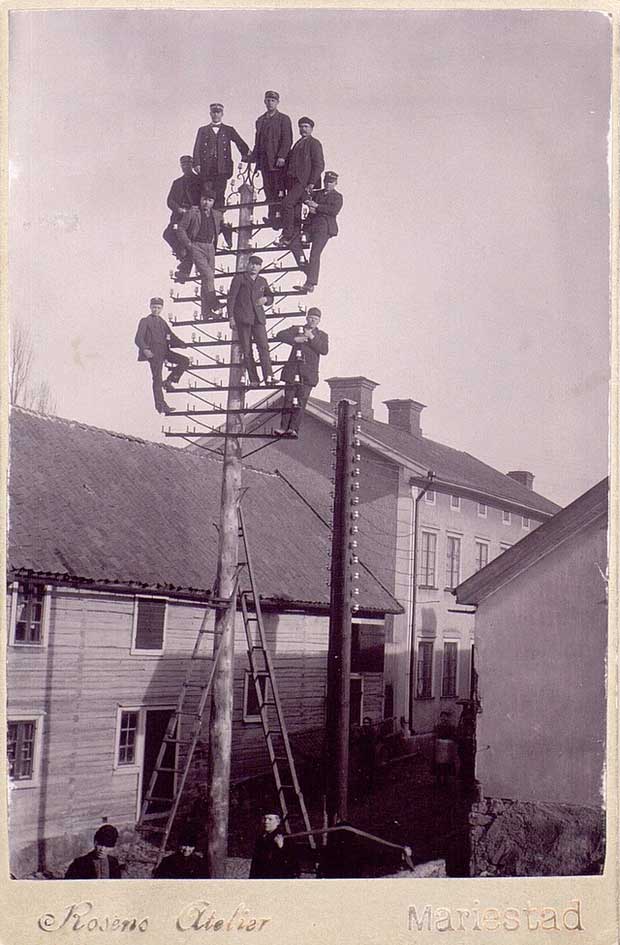
By 1886, the number of telephones in Stockholm exceeded that of any major city in the world, with 4,832 users, including about 1,600 customers of Bell Telephone. In 1887, SAT became the largest telephone company in the world and acquired Bell Telephone in 1888. During this time, all customer stations and telephones were connected to the main station via overhead cables.
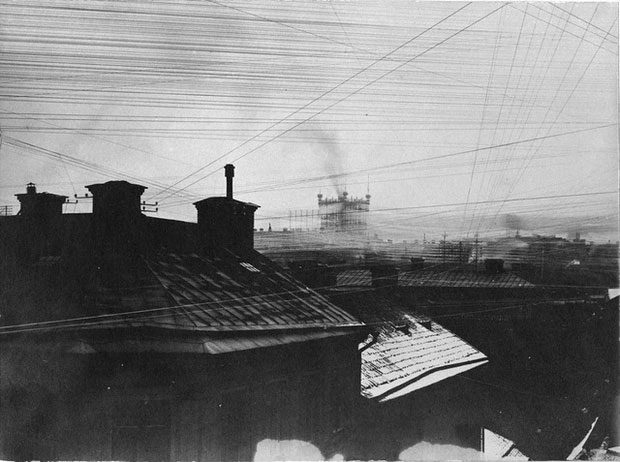
Following global development trends, the Telefontornet (“telephone tower”) once dominated the skyline of Stockholm, and if it still existed today, it would undoubtedly be one of Sweden’s iconic landmarks. This tower was built to connect approximately 5,500 telephone lines in Stockholm by the late 1800s when Sweden had one of the most complex telephone networks in the world.
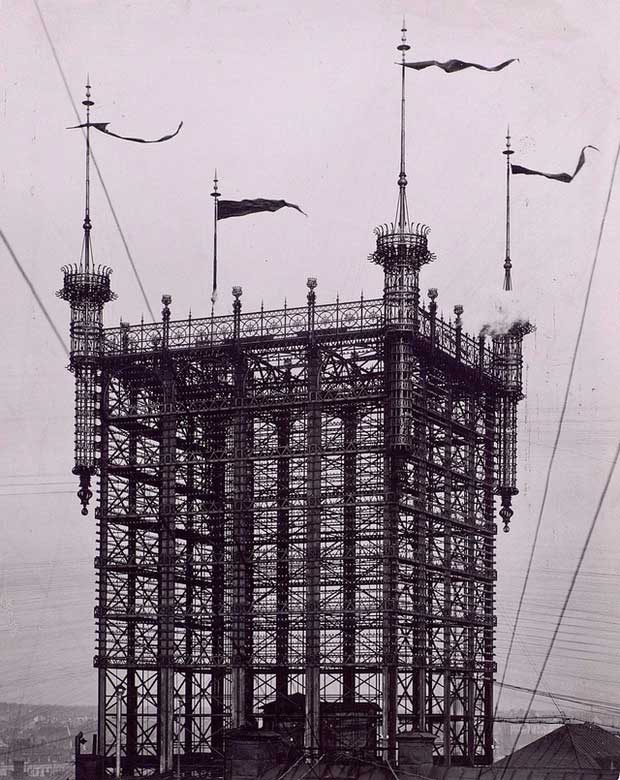
Construction was initially completed in 1887, but the tower was later expanded with decorative corner towers and a flagpole added on top, an effort to appease residents who continuously complained about the architecture’s unattractiveness.
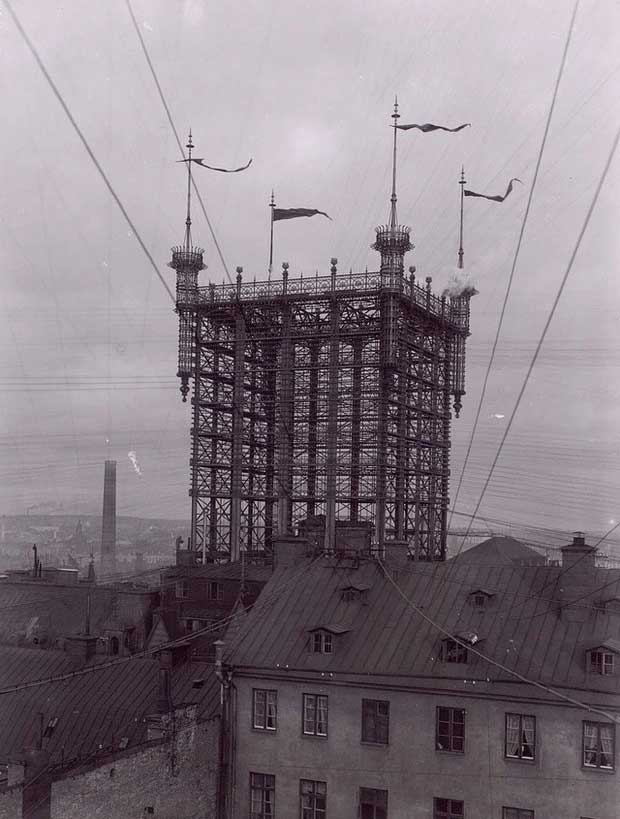
After completion, the telephone tower became a massive structure in the city. Its location at Malmskillnadsgatan made it a “trap” dominating other buildings in the city before the advent of skyscrapers. Karl-Väinö Tahvanainen, 90, who once worked on the tower, told the newspaper Svenska Dagbladet (SvD) in 2012: “Some Stockholmers said it was so tall that it blocked the sunlight.”
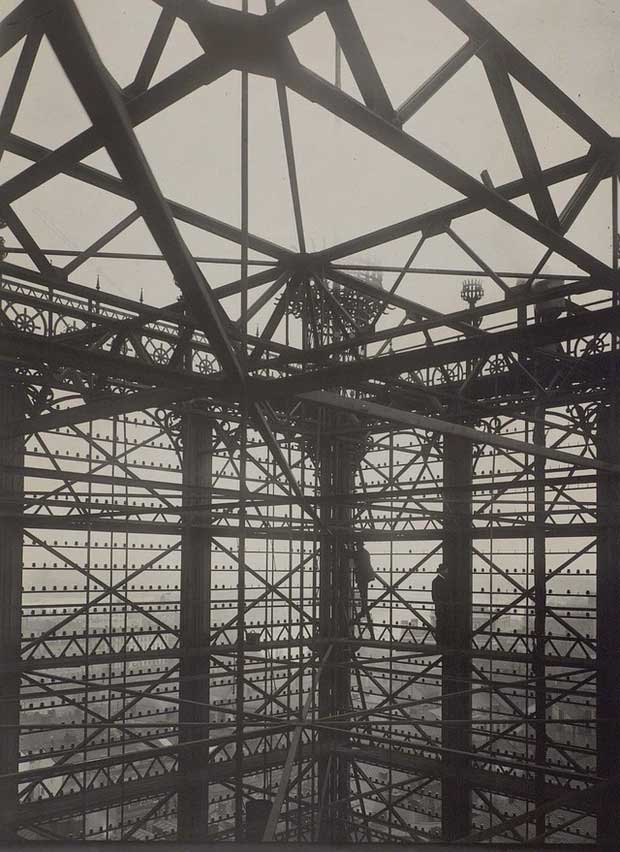
Previously, engineers had not considered placing telephone wires underground, resulting in thick bundles of telephone wires hanging over pedestrians’ heads, connecting to massive towers like Telefontornet.
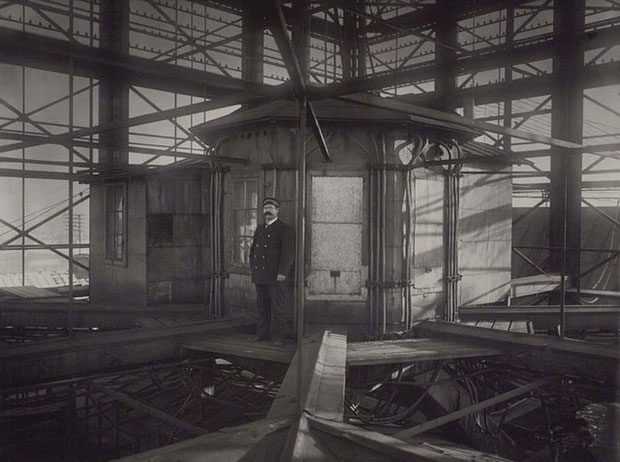
This is where more than 5,500 telephone cables were connected, totaling approximately 5,000 km in length. The bundles of wires appeared tangled and were susceptible to damage from external elements.
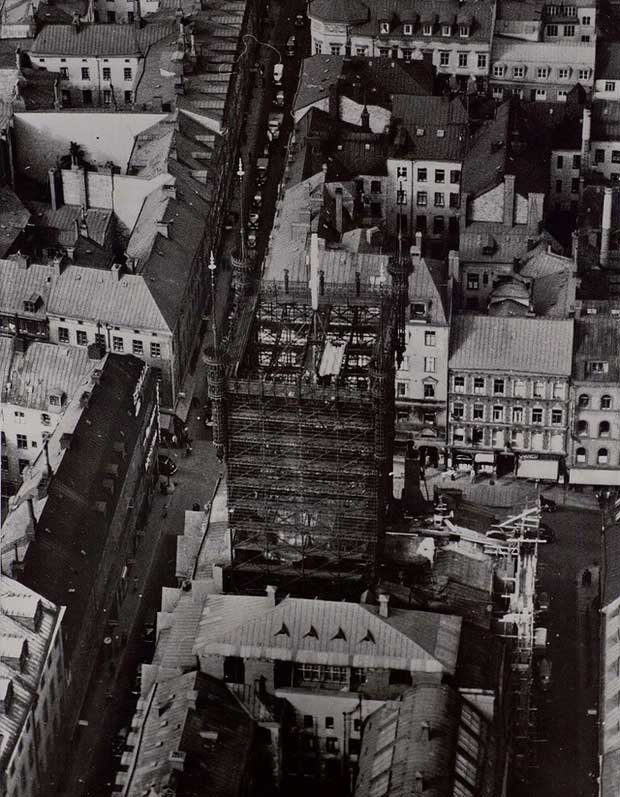
Over time and with technological advancements, from the late 19th century to the early 20th century, the tower gradually became obsolete. Engineers realized that placing cables underground would look much neater than hanging them on towers. In 1913, the underground telephone cable system was completed, and although Telefontornet was no longer operational, it stood as a prominent landmark for several decades. At one point, the telephone company even hung advertisements on the tower or rented it out for various purposes.
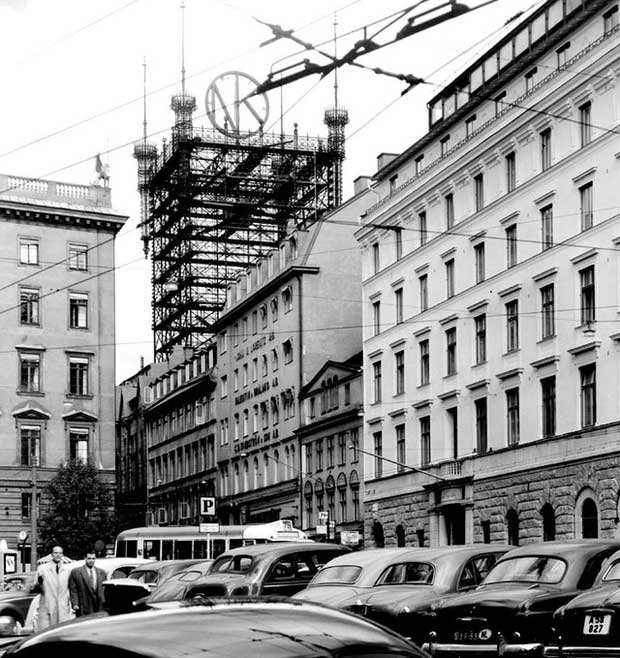
Telefontornet was last rented out in 1939 for advertising Nordiska Kompaniet, at which time a large clock, the largest in Europe at that time, was placed at the highest point of the tower, symbolizing that Stockholmers could always be on time without needing to wear a wristwatch.
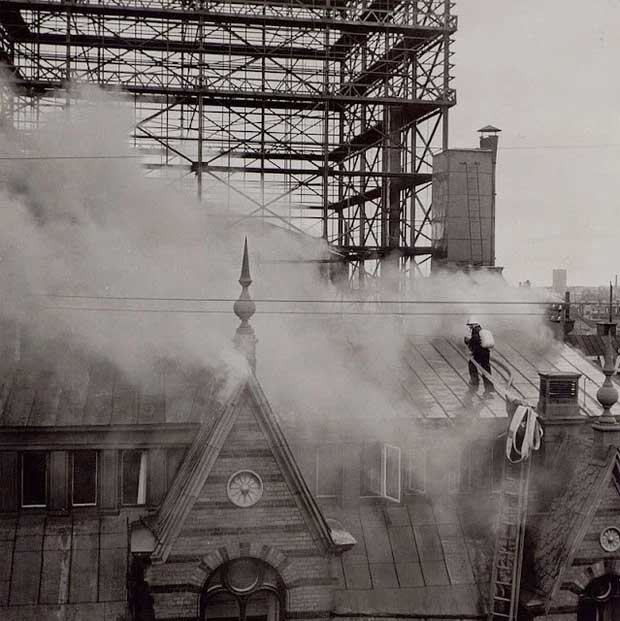
Just over a decade later, disaster struck. In 1952, a fire broke out at the Televerket radio laboratory located beneath the tower, spreading and severely weakening the tower. Considered a potential hazard that could collapse at any moment, the tower was subsequently demolished in 1953, marking the end of one of Stockholm’s most unique buildings.
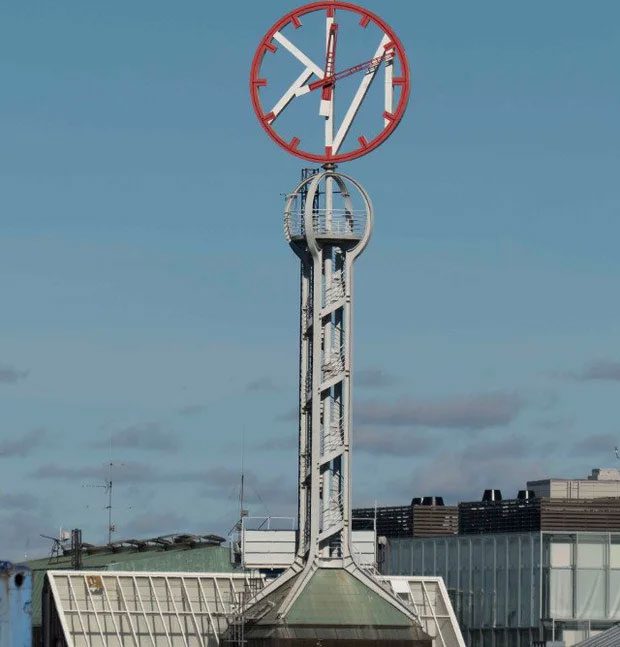
However, a part of the tower’s structure has been preserved and remains functional to this day. The clock placed atop the tower still exists today, on top of the NK department store, and has become a historical symbol even though many people are unaware of its origins.





















































